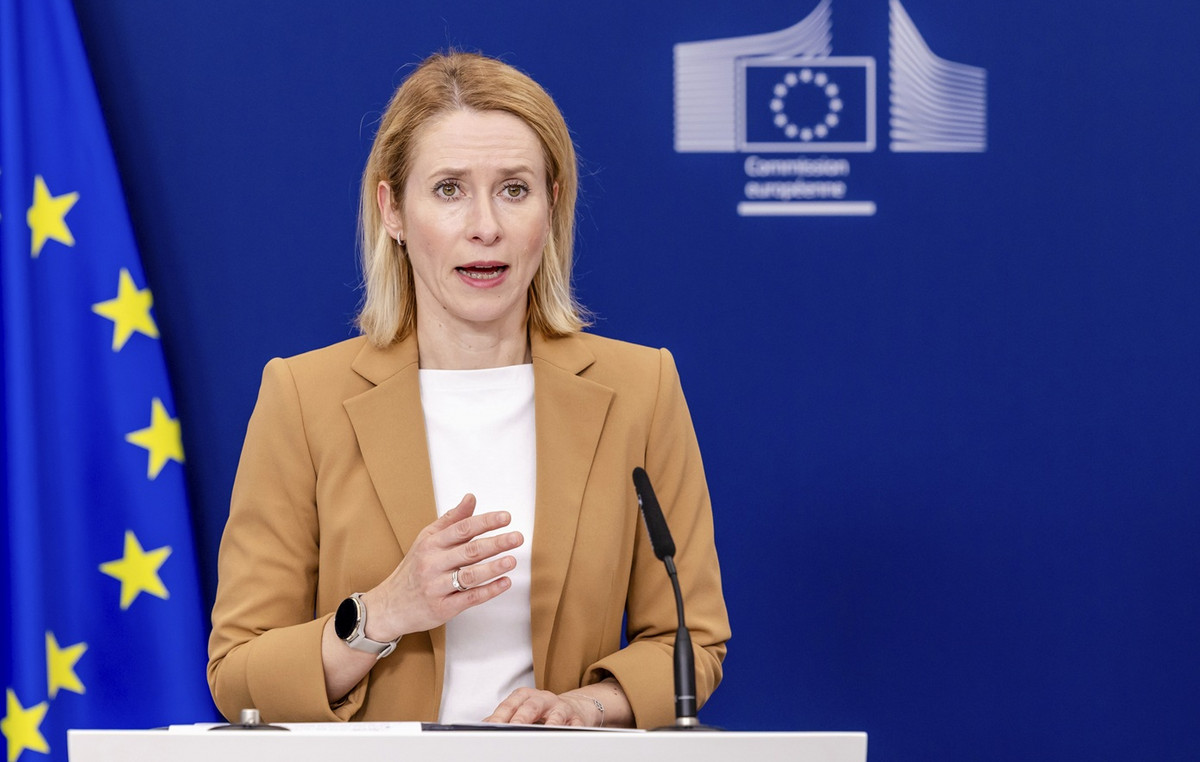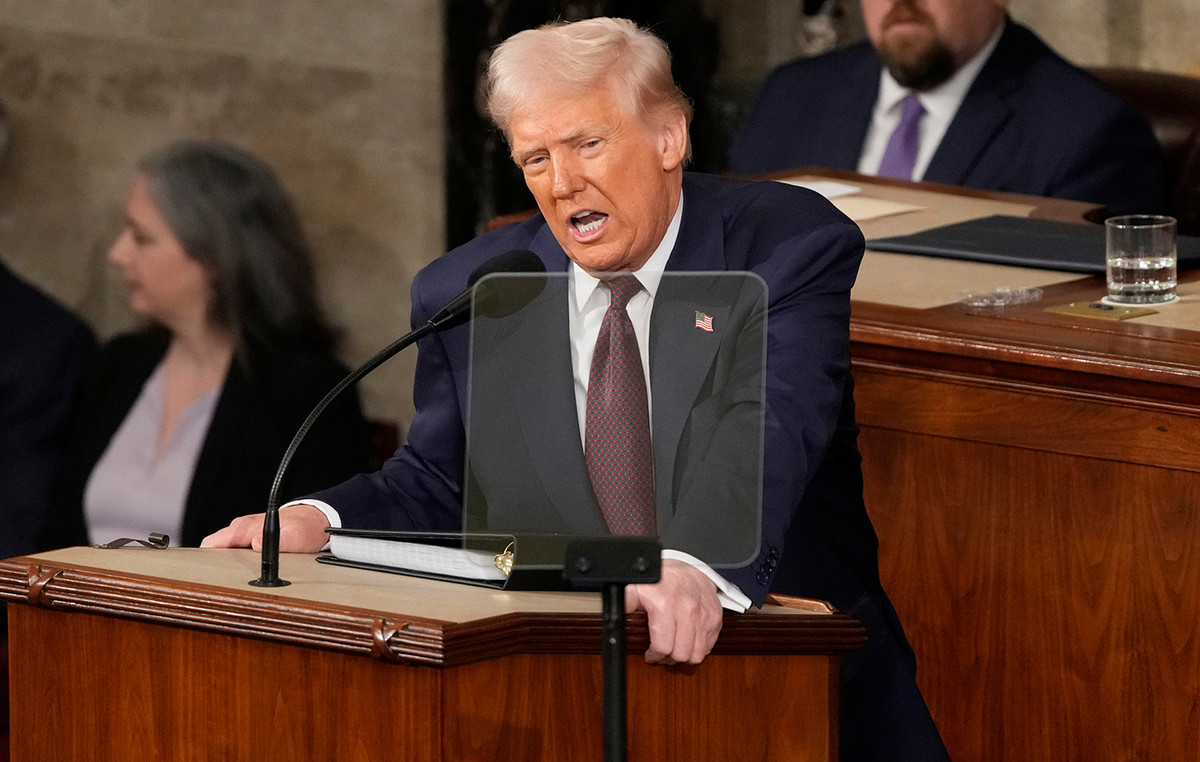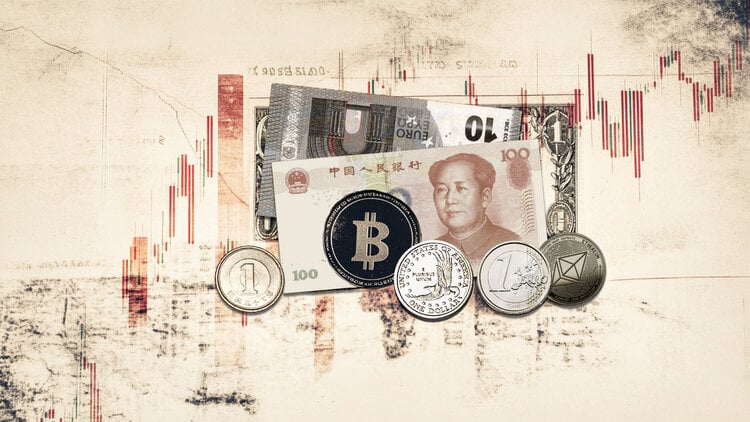He Colombian peso records profits for the fifth consecutive day against the US dollar After reaching its highest level yesterday in three months.
He USD/Cop fell on Monday to 4,078.08, its lowest level since March 18. Today Tuesday, the pair has moved between a daily maximum of 4,108.90 and a minimum of the day in 4,083.02.
The contribution of the USD/COP at the time of writing is 4,102.45, with the torque losing a slight 0.05% daily.
The Colombian peso benefits from the divergence between the FED and the Bank of the Republic of Colombia
- Waiting for the announcement of the United States Federal Reserve that will take place tomorrow, the divergence between the central banks of Colombia and the US is benefiting the Colombian weight in recent months. While the Fed is expected to maintain its rates without changes in 4.5%, The Bank of the Republic of Colombia continues with high types, since it has only made a cut so far this year. At the last meeting held in April, the Colombian entity reduced its rates to the 9.25% current.
- On the other hand, the inflationary difference is also favoring Colombian weight. While the United States placed its inflation in 2.4% annually in May, below the estimated 2.5%, Colombia remained above 5% per ninth consecutive monthdespite lowering its 5.05% consumption price index from 5.16% in April.
- American data published today have not favored the dollar either. The Retail sales fell 0.9% monthly in Mayworsening the decrease of 0.7% expected, while the Industrial production decreased 0.2% in the same monthdisappointing the estimated 0.1% increase.
US dollar FAQS
The US dollar (USD) is the official currency of the United States of America, and the “de facto” currency of a significant number of other countries where it is in circulation along with local tickets. According to data from 2022, it is the most negotiated currency in the world, with more than 88% of all global currency change operations, which is equivalent to an average of 6.6 billion dollars in daily transactions. After World War II, the USD took over the pound sterling as a world reserve currency.
The most important individual factor that influences the value of the US dollar is monetary policy, which is determined by the Federal Reserve (FED). The Fed has two mandates: to achieve price stability (control inflation) and promote full employment. Its main tool to achieve these two objectives is to adjust interest rates. When prices rise too quickly and inflation exceeds the 2% objective set by the Fed, it rises the types, which favors the price of the dollar. When inflation falls below 2% or the unemployment rate is too high, the Fed can lower interest rates, which weighs on the dollar.
In extreme situations, the Federal Reserve can also print more dollars and promulgate quantitative flexibility (QE). The QE is the process by which the Fed substantially increases the flow of credit in a stuck financial system. It is an unconventional policy measure that is used when the credit has been exhausted because banks do not lend each other (for fear of the default of the counterparts). It is the last resort when it is unlikely that a simple decrease in interest rates will achieve the necessary result. It was the weapon chosen by the Fed to combat the contraction of the credit that occurred during the great financial crisis of 2008. It is that the Fed prints more dollars and uses them to buy bonds of the US government, mainly of financial institutions. Which usually leads to a weakening of the US dollar.
The quantitative hardening (QT) is the reverse process for which the Federal Reserve stops buying bonds from financial institutions and does not reinvote the capital of the wallet values that overcome in new purchases. It is usually positive for the US dollar.
Source: Fx Street
I am Joshua Winder, a senior-level journalist and editor at World Stock Market. I specialize in covering news related to the stock market and economic trends. With more than 8 years of experience in this field, I have become an expert in financial reporting.







